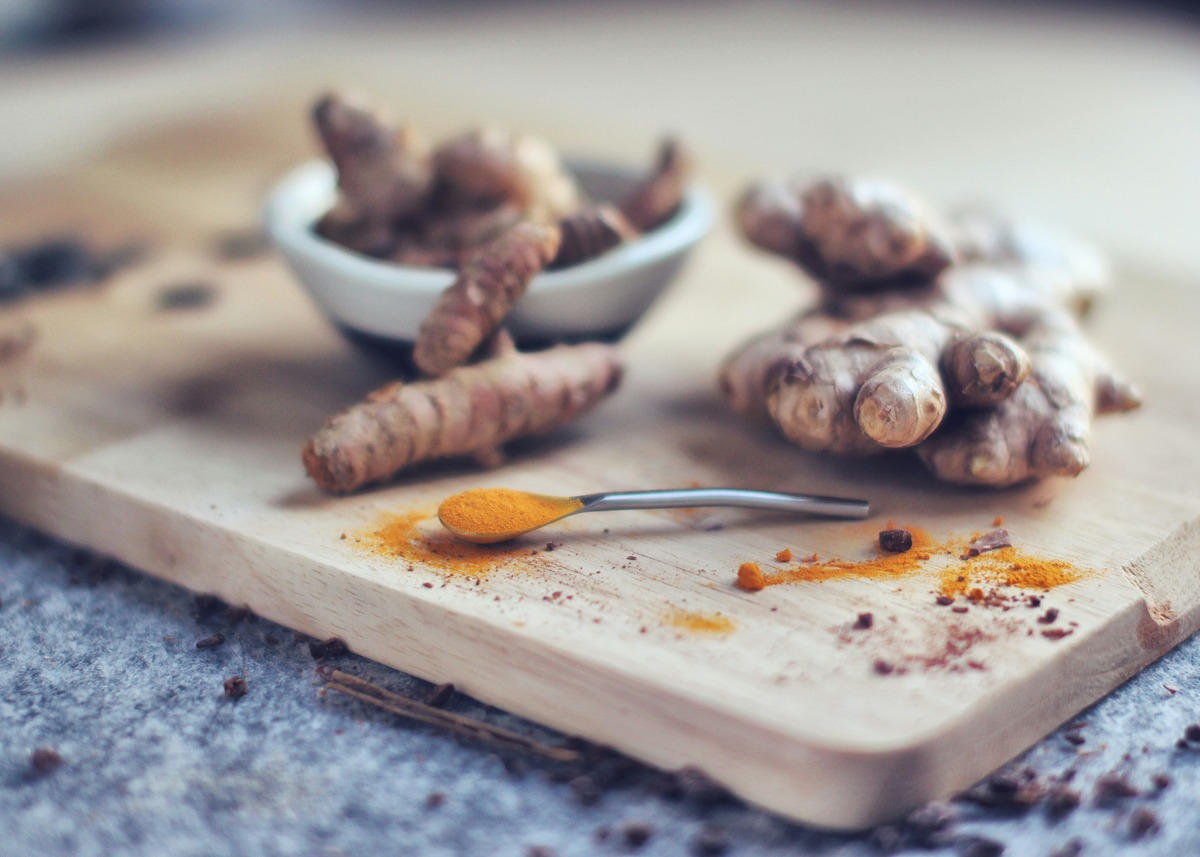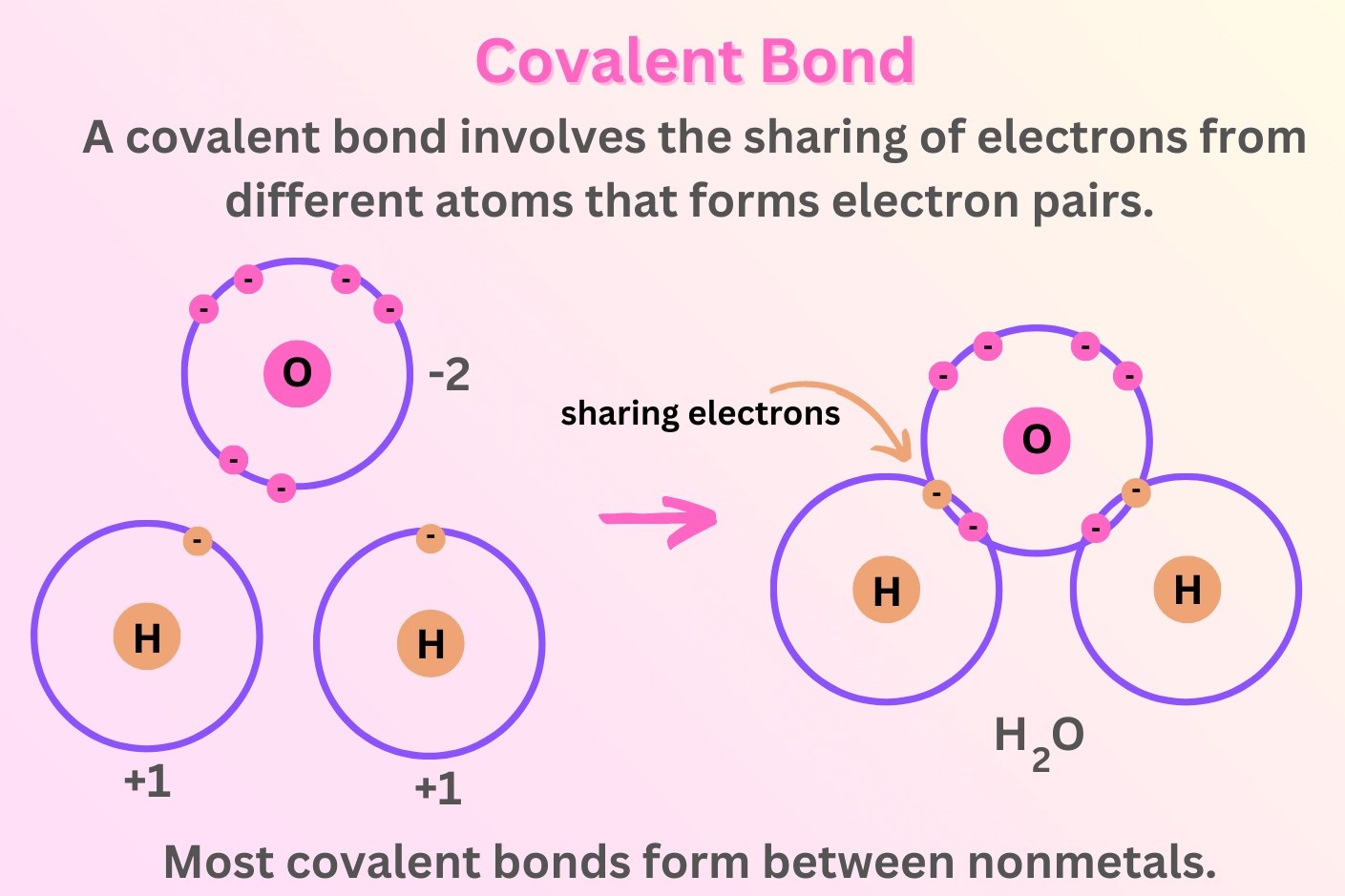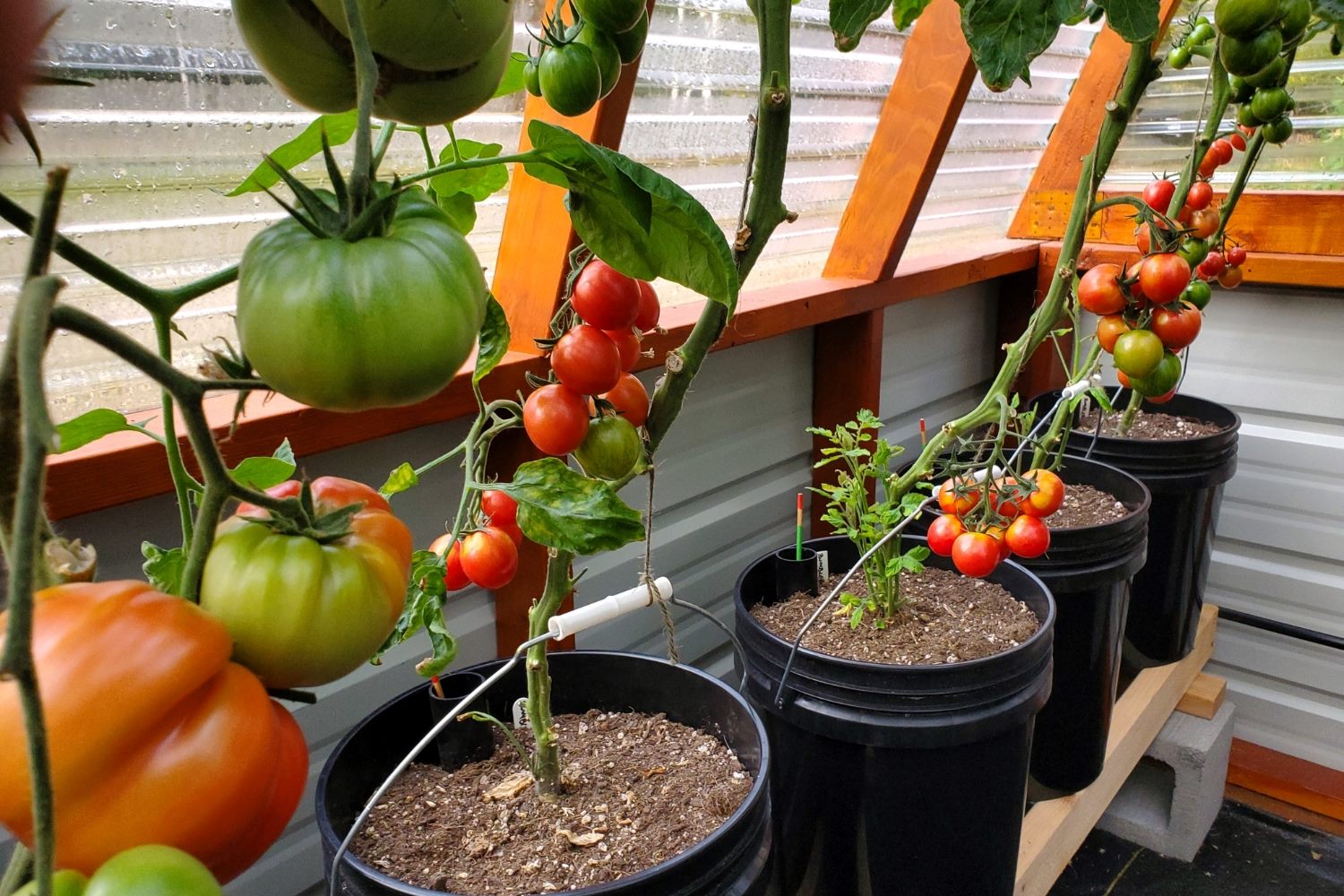Home>Science>The Surprising Secret Behind Ginger’s Spiciness Revealed!


Science
The Surprising Secret Behind Ginger’s Spiciness Revealed!
Published: January 28, 2024
Uncover the scientific explanation for ginger's surprising spiciness and its impact on your taste buds. Discover the fascinating connection between ginger and the science of flavor perception.
(Many of the links in this article redirect to a specific reviewed product. Your purchase of these products through affiliate links helps to generate commission for Noodls.com, at no extra cost. Learn more)
Table of Contents
Introduction
Ginger, a beloved spice and medicinal herb, has been cherished for centuries for its unique flavor and potent health benefits. This knobby, aromatic root is a staple ingredient in cuisines around the world, adding a delightful zing to dishes and beverages. But have you ever wondered what gives ginger its signature spiciness? The answer lies in the fascinating world of chemistry and the remarkable compound known as gingerol.
Ginger's allure extends far beyond its culinary applications. It has been a cornerstone of traditional medicine in various cultures, revered for its anti-inflammatory, antioxidant, and digestive properties. Whether steeped in soothing teas, incorporated into stir-fries, or used to craft delectable confections, ginger has left an indelible mark on the global palate.
In this article, we will delve into the captivating chemistry of ginger, unravel the role of gingerol in delivering its distinctive kick, and unveil the surprising secret behind ginger's spiciness. Prepare to embark on a journey through the intricate molecular realm of this extraordinary spice, where nature's wonders and human ingenuity intersect to create a sensory experience unlike any other.
The Chemistry of Ginger
Ginger, scientifically known as Zingiber officinale, owes its captivating flavor and medicinal properties to a complex array of chemical compounds. At the heart of its pungent allure lies a group of bioactive molecules that contribute to its distinct taste, aroma, and therapeutic potential. The primary constituents responsible for ginger's character are gingerols, shogaols, and paradols, which belong to a class of compounds known as phenols.
The characteristic spiciness of ginger can be attributed to the presence of gingerols, particularly 6-gingerol, the predominant bioactive compound in fresh ginger. These polyphenolic compounds are responsible for delivering the piquant sensation that enlivens the palate when ginger is consumed. Additionally, the pungency of ginger intensifies when it is subjected to heat, leading to the conversion of gingerols into shogaols, which possess an even more potent flavor profile.
Furthermore, ginger contains a wealth of volatile oils, such as zingiberene and bisabolene, which contribute to its aromatic and flavorful properties. These volatile oils are responsible for the warm, spicy fragrance that emanates from the freshly sliced or grated root, adding depth and complexity to its overall sensory appeal.
In addition to its sensory attributes, the chemical composition of ginger also underpins its renowned therapeutic benefits. Gingerols, in particular, have been the subject of extensive scientific research due to their potent anti-inflammatory and antioxidant properties. These bioactive compounds have been shown to alleviate nausea, aid in digestion, and mitigate oxidative stress, making ginger a valuable ally in promoting overall well-being.
The intricate chemistry of ginger continues to captivate researchers and food enthusiasts alike, offering a window into the remarkable synergy between nature's biochemical intricacies and the sensory experiences that enrich our lives. As we unravel the molecular tapestry that defines ginger, we gain a deeper appreciation for the profound interplay between flavor, fragrance, and health-promoting properties that this extraordinary spice embodies.
The Role of Gingerol
Gingerol, the bioactive compound that reigns supreme in fresh ginger, plays a pivotal role in shaping the spice's distinctive flavor profile and conferring its remarkable health benefits. This polyphenolic compound, prominently represented by 6-gingerol, serves as the primary contributor to the pungent spiciness that defines ginger. When ginger is savored, it is the presence of gingerol that elicits the delightful tingling sensation, setting the stage for a sensory experience that is both invigorating and comforting.
Beyond its role in tantalizing the taste buds, gingerol stands as a testament to the intricate interplay between chemistry and culinary artistry. This compound is not merely a source of spiciness; it also embodies a rich tapestry of sensory nuances that elevate the gustatory experience. The warm, woody undertones and subtle hints of citrus that characterize gingerol contribute to the multi-dimensional flavor profile of ginger, adding depth and complexity to dishes and beverages in which it is featured.
Moreover, gingerol's significance extends far beyond its sensory impact, as this remarkable compound has garnered widespread attention for its profound therapeutic potential. Scientific investigations have unveiled the potent anti-inflammatory and antioxidant properties of gingerol, underscoring its role as a valuable ally in promoting overall well-being. The ability of gingerol to mitigate oxidative stress, alleviate nausea, and support digestive health has positioned ginger as a cherished remedy in traditional medicine and a subject of fervent scientific inquiry.
The transformative journey of gingerol does not conclude with its consumption; rather, it unfolds within the intricate landscape of the human body. Upon ingestion, gingerol interacts with biological systems, exerting its anti-inflammatory effects and modulating oxidative pathways to bolster cellular resilience. This dynamic interplay between gingerol and the body underscores the profound impact of natural compounds in shaping our physiological well-being, illuminating the intricate dance between food and health.
As we unravel the enigmatic role of gingerol, we are invited to contemplate the profound implications of this bioactive compound. From enlivening culinary creations with its tantalizing spiciness to bestowing a wealth of health benefits, gingerol stands as a testament to the remarkable synergy between nature's biochemical intricacies and the sensory experiences that enrich our lives. In essence, gingerol embodies the convergence of flavor, fragrance, and wellness, transcending its status as a mere spice to emerge as a captivating embodiment of nature's gifts.
The Surprising Secret
Amidst the captivating allure of ginger lies a surprising secret that unveils the enigmatic journey of this extraordinary spice. While the piquant spiciness of ginger has long been attributed to the presence of gingerol, the primary bioactive compound, a lesser-known revelation adds a layer of intrigue to its sensory mystique.
The surprising secret behind ginger's spiciness lies in the intricate interplay of chemical transformations that occur when ginger is subjected to heat. When fresh ginger undergoes the process of heating, a remarkable metamorphosis takes place, leading to the conversion of gingerol into a compound known as zingerone. This intriguing phenomenon sheds light on the dynamic nature of ginger's flavor profile, offering a glimpse into the transformative journey that unfolds when this spice encounters the alchemy of culinary heat.
Zingerone, the product of this thermal conversion, possesses a milder, yet delightfully aromatic profile, distinct from the assertive spiciness of gingerol. This revelation uncovers a nuanced dimension of ginger's flavor evolution, showcasing the intricate sensory tapestry that emerges as a result of culinary techniques. The emergence of zingerone not only imparts a mellower warmth to dishes but also contributes to the rich, layered complexity that defines the culinary applications of ginger.
Furthermore, the formation of zingerone through the heat-induced metamorphosis of gingerol underscores the profound adaptability of this spice. As ginger undergoes the process of cooking or baking, the subtle alchemy of heat orchestrates a sensory symphony, transforming the raw intensity of gingerol into the harmonious mellowness of zingerone. This revelation invites us to contemplate the dynamic interplay between culinary craftsmanship and the transformative potential of natural ingredients, illuminating the artistry that underpins the creation of sensory experiences.
In essence, the surprising secret behind ginger's spiciness unveils a captivating narrative of transformation and adaptation, where the alchemy of heat gives rise to a nuanced evolution of flavor. As we unravel this enigmatic revelation, we are reminded of the boundless intricacies that define the sensory landscape of culinary exploration, where nature's gifts intertwine with human ingenuity to create a symphony of flavors that captivate the palate and nourish the soul.
Conclusion
The captivating journey through the intricate chemistry of ginger has unveiled a tapestry of sensory delights and profound revelations. From the piquant allure of gingerol to the surprising metamorphosis that gives rise to zingerone, this extraordinary spice has beckoned us into a world where flavor, fragrance, and therapeutic potential converge in a harmonious symphony.
As we bid adieu to this exploration, we are reminded of the enduring legacy that ginger embodies. Beyond its role as a beloved spice and culinary companion, ginger stands as a testament to the remarkable synergy between nature's biochemical intricacies and the sensory experiences that enrich our lives. Its multifaceted persona, characterized by the pungent embrace of gingerol and the aromatic subtlety of zingerone, invites us to contemplate the dynamic interplay between culinary craftsmanship and the transformative potential of natural ingredients.
Moreover, the profound therapeutic benefits of ginger, anchored by the potent anti-inflammatory and antioxidant properties of gingerol, underscore its enduring significance in traditional medicine and scientific inquiry. From alleviating nausea to supporting digestive health, ginger has woven itself into the fabric of holistic well-being, offering a source of comfort and vitality to generations past and present.
In essence, the journey through the enigmatic world of ginger has unveiled a narrative of transformation, adaptation, and sensory evolution. It has illuminated the artistry that underpins the creation of sensory experiences, where the alchemy of heat and the resilience of natural compounds converge to create a symphony of flavors that captivate the palate and nourish the soul.
As we partake in the sensory delights that ginger bestows, we are reminded of the profound interconnectedness between flavor, fragrance, and wellness. The enduring allure of ginger serves as a testament to the enduring legacy of nature's gifts, inviting us to savor each moment and embrace the transformative potential that lies within the simple pleasures of culinary exploration.
In conclusion, the journey through the captivating chemistry of ginger has left an indelible imprint, inspiring a deeper appreciation for the remarkable interplay between nature's wonders and the sensory experiences that enrich our lives. As we carry forth the insights garnered from this exploration, may we continue to savor the myriad delights that ginger bestows and celebrate the enduring legacy of this extraordinary spice.















